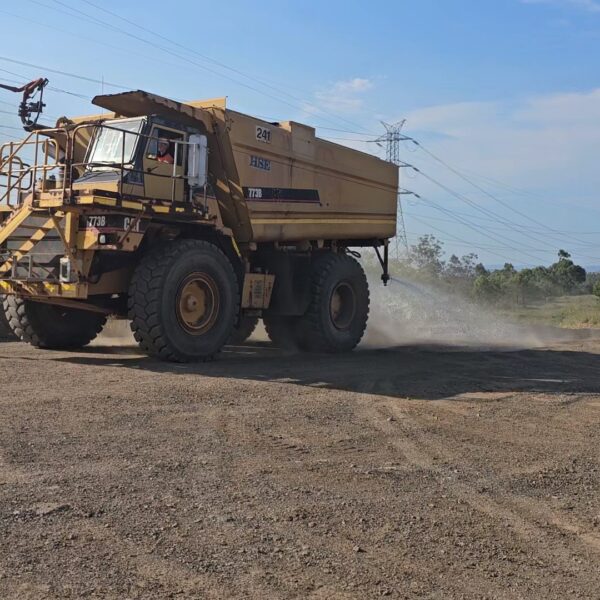

New to the mining industry and considering a machinery operator career? Mining includes various specialized sectors beyond open-pit operations. Each sector offers unique challenges and opportunities, and your skills can be applied in diverse ways across the industry. Here’s a comprehensive overview of the different mining sectors you might encounter:
Surface Mining
- Open-Pit Mining: This is one of the most well-known methods, where large excavations are made to access minerals near the earth’s surface. Operators utilise haul trucks, excavators, and draglines to efficiently extract valuable resources.
- Strip Mining: This technique involves removing surface layers of soil and rock to uncover minerals underneath. It typically employs bulldozers, scrapers, and conveyors to manage and transport materials.
- Quarrying: Focused on extracting construction materials like granite, limestone, and marble, quarrying uses crushers, loaders, and screening plants to process and handle these materials.
Underground Mining
- Room and Pillar Mining: Continuous miners extract material, leaving pillars of rock that support the mine’s roof and maintain structural stability. The method uses specialised machinery and requires meticulous planning to maintain safety. Successfully implementing this method requires specialised machinery and meticulous planning to maintain safety throughout the operation.
- Longwall Mining: Here, a longwall shearer cuts a full face of the coal seam, with the coal transported by a conveyor system. This method is highly automated and requires precise control of machinery.
- Cut and Fill Mining: This process involves extracting ore in horizontal slices, filling the voids with waste rock or backfill material. Operators use loaders, trucks, and drills to manage this method effectively.
Mining Infrastructure
- Mine Construction: Building essential infrastructure like roads, railways, and processing facilities is crucial for mining operations. Operators use bulldozers, graders, and excavators to develop and maintain these structures.
- Maintenance and Repair: Keeping mining machinery in top condition is vital for operational efficiency. Mechanics and service operators specialize in maintaining and repairing equipment to prevent downtime and ensure safety.
Drilling and Blasting
- Exploration Drilling: This involves drilling to gather data about mineral deposits. Operators use drill rigs and associated equipment to collect valuable geological information.
- Production Drilling and Blasting: This sector focuses on drilling holes for explosives to break rock, making it easier to extract minerals. It requires expertise with drill rigs and blasting systems to manage the fragmentation process.
Material Handling and Processing
- Processing Plants: These facilities process raw materials to separate valuable minerals from waste. Operators work with crushers, mills, and concentrators to refine and prepare minerals for market.
- Transport and Logistics: Efficient movement of materials from mining sites to processing plants or storage areas is essential. Operators handle conveyors, loaders, and haul trucks to ensure smooth logistics.
Environmental Management
- Reclamation: After mining activities, restoring the land to its natural state or repurposing it is crucial. Operators engage in land grading, planting, and erosion control to rehabilitate mined areas.
- Water Management: Managing the treatment and disposal of water used in mining processes is essential for environmental protection. Operators work with water treatment facilities and pumping systems to ensure proper water management.
Each of these sectors offers distinct challenges and requires specific machinery skills. As a machinery operator, you have the opportunity to explore various aspects of mining and find the niche that best suits your interests and expertise. Understanding these different sectors can help you make informed decisions about your career path and the types of training and certifications you might need.
